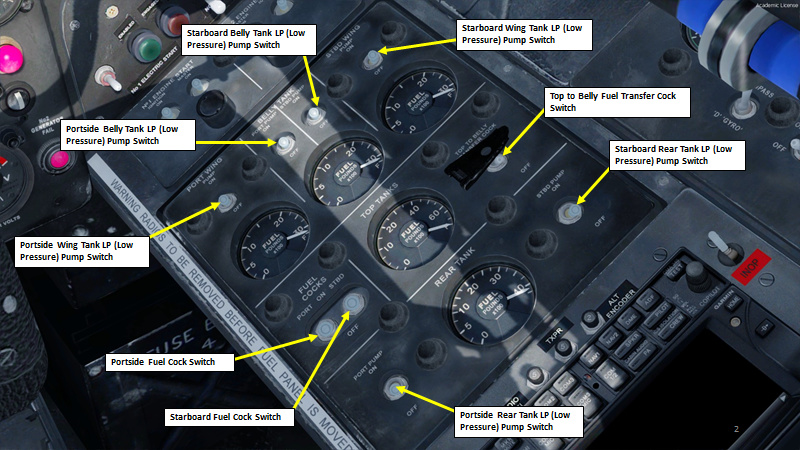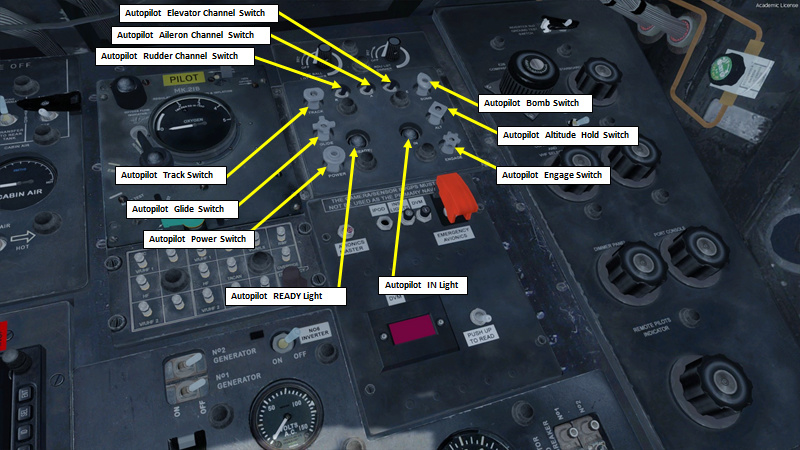Click to reveal AAR
What do you mean, “My TBM-900 is grounded?” I screamed at my boss.
-We mean that this great TBM-900 you wanted to fly is currently having issues with X-Plane’s current beta.
-You’re kidding…
-Nope. You’re gonna have to pick something else while Laminar works on a stable version.
-Don’t you know who I am? I’m the guy who -
-You’re a nobody. Shut your yap and pick another plane.
-Well, then… I’ll go with a 737. You can’t go wrong with a Boeing. Do you guys have a -700 somewhere?
-Good kid.
-Okay then… let’s do this. I know a guy who liked that plane.
Taking the United livery for that one.
IRS Alignment
Starting pushback
Lining up on 31L
Flaps 5 takeoff
Rotating
Gear up
Here’s that big cliff we almost crashed into last time in the Canberra
Feels good to climb in these clouds with a modern autopilot at the helm. That ILS approach in the Canberra was not very pleasant.
The sun rises over Lake Del Muña
Beautiful
The morning fog lifts
The climb to GIR looks a bit odd…
Turning (Cinematic Mode: Activate!)
Contrailing
That’s a shade of blue I don’t get to see often 
The Puracé is an andesitic stratovolcano located in the Puracé National Natural Park in the Cauca Department, Colombia. It is part of the North Volcanic Zone of the Andean Volcanic Belt. The volcano is located at the intersection of the Coconucos and Morras Faults.
Approaching Cali
Approaching San Luis Airport (SKIP), the 27th highest airport in the world at 9764 ft above sea level. The airport is right after the Páramo de La Paja Blanca, which is a plateau. In more exact terms, a páramo is the ecosystem of the regions above the continuous forest line, yet below the permanent snowline.
As I start my descent, I see that I can’t seem to hear anything from the ATIS freqency. Strange… I consult an online METAR for Mariscal Sucre.
More clouds on the way down
Cayambe Volcano
As I come on final, I realize that something is not right. I can’t get the ATIS frequency, but I can’t get the localizer either.
I can either do the following:
a) Try to land in zero visibility conditions and follow my flight director to what I assume is the runway, even if I don’t have a localizer or a glide slope captured
Or…
b) Go around, climb up and check my database
I elect to go around and climb back to 11,000 ft and enter a holding pattern. The database seems to tell me that there is an airport, but nothing leads me to believe that there is an actual airport. I have a feeling… oh no. Not the Bangkok Phantom Airport episode again! Could this be possible?
I check the Map and see that no SEQM airport exists, but an airport of the same name SEQU exists, but with different frequencies for everything.
And here’s the culprit: the defunct/old Mariscal Sucre airport (SEQU) is in the simulator, while the PMDG 737 database (which dates from early 2017) has the new Mariscal Sucre airport (SEQM). The old Mariscal Sucre International Airport ceased all operations at 19:00 on February 19, 2013, which makes sense since Prepar3d uses the old FSX database which dates back from the early 2000s.
Luckily, the Map menu also gives me the frequency for the Quito Tower.
I contact the tower on the new frequency (118.1). I get asked to enter a transponder squawk code of 0113 so they can have my aircraft on their radar. Then, they give me directions towards the airport (at my three o’clock).
If the airport is to my right, I can only assume that I will have to take runway 35. I will have to tune in to an ILS frequency of 110.5 for runway 35 with a course of 352. I have to be careful though: the altitude is now 9228 ft.
With the new Localizer frequency
Ah ha! We have a signal now. I’ll home on that one. Hopefully we get to land on a real airport this time.
Terrain radar says: you’re playing with fire.
I can do it. Come on!
I get my landing clearance for Runway 35. (Taking a deep breath)
Moment of truth
Almost there
However, during the last few seconds before touchdown, a succession of huge wind gusts pushes me up. and the cockpit starts shaking violently. I ram the throttle forward and abort the landing, going around. The wind turbulences make an autopilot approach almost impossible since the wind gusting create an airspeed variation of +/- 15 kts, which messes up the autopilot and autothrottle inputs since they rely on the pitot reading to give their corrections. In that case, I would bet that the safest course of action is to aim for the runway myself and disregard the airspeed gauge when it varies too much with the wind gusting. That means: I may be going a bit too fast, but at least I’ll be able to manage my attitude correctly.
TLDR: I’m gonna have to try to land this aircraft by myself. (Gasp)
I swing around, do another circuit and I come in a bit lower, a bit hot but this time I have much better control of the aircraft since the autopilot doesn’t move the yoke with the wind gusts.
As I am about to touchdown, yet another wind gust pushes me up again but I firmly keep the nose down. The aircraft accelerates, but the spoilers kick in and the autobrakes do their thing as the main landing gears touch the ground. I see the end of the runway approach dangerously fast. Like… REALLY freakin’ fast. This is one of these times where you have a split second to make a decision: commit to bringing the aircraft to a full stop or going around (even if that could mean running out of runway length). Instinctively, I set the Autobrake switch to MAX instead of 3 and deploy the reversers to MAX.
The aircraft doesn’t seem to slow down. I hit the brake pedals in panic mode. Then, the aircraft suddenly starts to decelerate quite rapidly. Mere meters before the end of the runway, the aircraft comes to a full stop. Holy cow… that was THE most intense landing I’ve ever done. My hands were shaking, my palms were sweaty… It’s just as if I had been there.
As I start taxiing back, another aircraft takes off.
As the passengers are about to disembark, I start thinking about all the things that went wrong and all the things that could have gone even worse.
Here are the things that went wrong:
- The fact that the airport I was planning to use didn’t exist in Prepar3d really screwed up my carefully planned approach.
- The terrain in Quito is quite difficult: lots of mountains (one of them right next to the runway) and lots and lots of winds.
- Weather was just overall not good and visibility was poor, forcing me to perform an ILS approach which I had to do manually since the autopilot became unreliable with the heavy gusts.
- I wasn’t familiar with the area. I had a good reflex to contact the tower and be given directions towards the approach, but I should have been more prepared (and I should have planned for an alternate airport, which I didn’t).
- The runway length looked good on paper, but I know I came in about 10-15 kts too fast. Speed was difficult to manage and I took an enormous risk. All was well in the end, but in retrospect, it didn’t seem like the best course of action. I think I should have found an alternate airport if weather permitted an easier landing.
- I failed to check if I had enough reserve fuel for an alternate airport. I was aiming to have a reserve of about 10000 lbs, but the go around and difficult approach (the winds forced me to approach with engines at high revs) That was poor planning on my part. When I landed, I had about 2000 lbs left of fuel. Definitely not enough.
So overall, I thought I’d give a quick shoutout to @smokinhole .You taught me much about the 737 back in the early days of the “Boeing Chuck Guide” and I remain thankful about it to this day.





































































































































































































